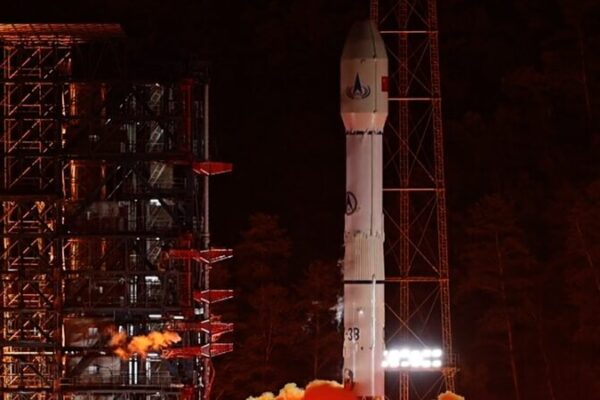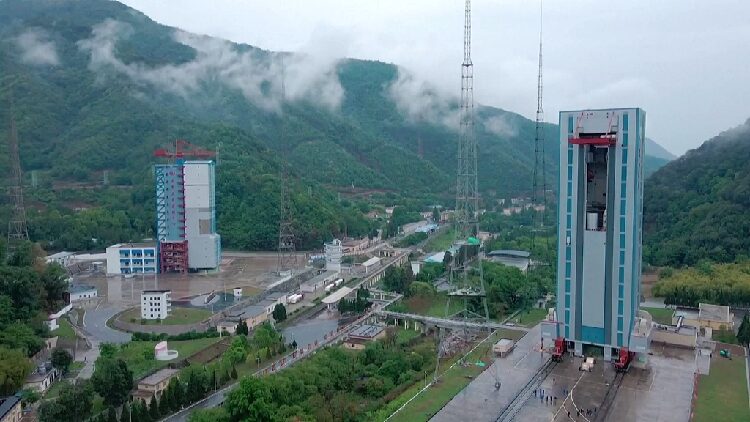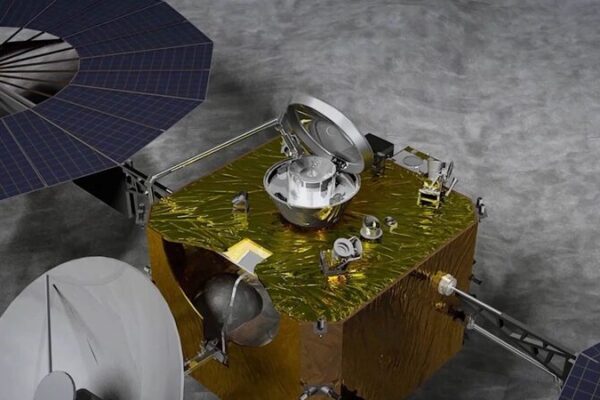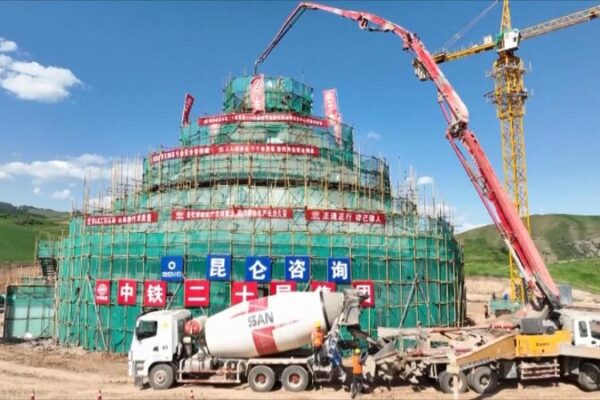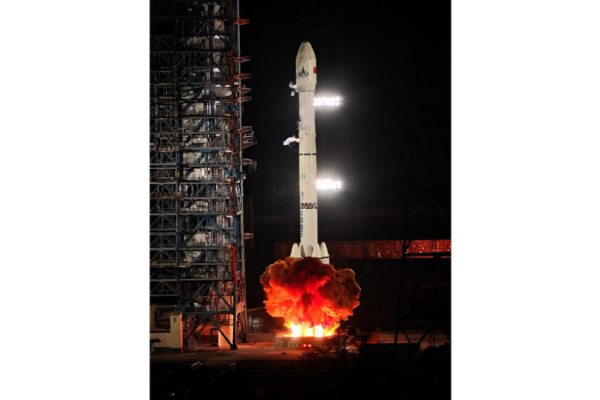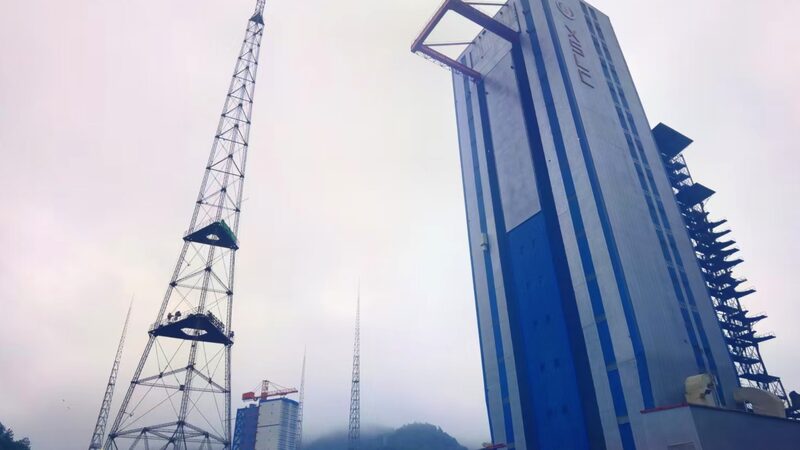China is gearing up to launch its ambitious Tianwen-2 mission, aiming to unravel the secrets of a “living fossil” of the solar system and a “rebel” comet nestled within the main asteroid belt. Discovered in 2016 by the Pan-STARRS telescope in Hawaii, asteroid 2016 HO3 is the first-known quasi-satellite of Earth. Orbiting the Sun with parameters almost identical to our planet’s, this small celestial body, measuring between 40 and 100 meters wide, appears to dance around Earth from our perspective. “A quasi-satellite is essentially a small celestial body that orbits the Sun just like Earth does,” explained Yan Wei, a senior engineer at the National Astronomical Observatories of the Chinese Academy of Sciences (NAOC). “Its trajectory is quite similar to Earth’s, so it seems to oscillate periodically around us.” Scientists believe asteroids like 2016 HO3 hold critical information about the early solar system. “These ‘cosmic fossils’ could reveal details about early solar system composition and evolution,” Yan noted. Upon reaching the asteroid, the Tianwen-2 probe will photograph its surface and analyze its rotation patterns and composition. “Comparing its material composition with that of the Moon and Earth will be the focus of our exploration,” Yan emphasized. The mission’s second target is the main-belt comet 311P, an enigmatic object discovered in 2013. Located between Mars and Jupiter, 311P stunned astronomers with its multiple dust tails, a feature typical of comets but highly unusual in the dry regions of the main asteroid belt. “Main-belt comets are actually a unique type of asteroid exhibiting some cometary features,” Yan explained. “When they get closer to the Sun, they can release materials, including gases and particles.” Traditionally, comets are thought to originate from the outer edges of the solar system, rich in ice that evaporates when they approach the Sun, forming spectacular tails. However, 311P challenges this understanding. “Located in the main asteroid belt, 311P is too close to the Sun to retain volatile materials like water ice,” Yan said. Tianwen-2 aims to visit this “rebel” of the asteroid belt to uncover its secrets and advance our understanding of the solar system. The dual-target mission showcases China’s growing capabilities in space exploration. By investigating both a near-Earth asteroid and a main-belt comet in a single mission, Tianwen-2 is set to provide invaluable insights into the formation and evolution of our cosmic neighborhood. “This mission will help us answer fundamental questions about the origins of the solar system,” Yan remarked. “It’s an exciting time for space science and for all of humanity.”China’s Tianwen-2 Mission Targets Earth’s Quasi-Satellite and Mysterious Comet
Chasing Earth’s Quasi-Satellite: Asteroid 2016 HO3
Unveiling the Mystery of Main-Belt Comet 311P
Pushing the Frontiers of Space Exploration
Reference(s):
Chinese astronomer details dual targets of Tianwen-2 mission
cgtn.com

